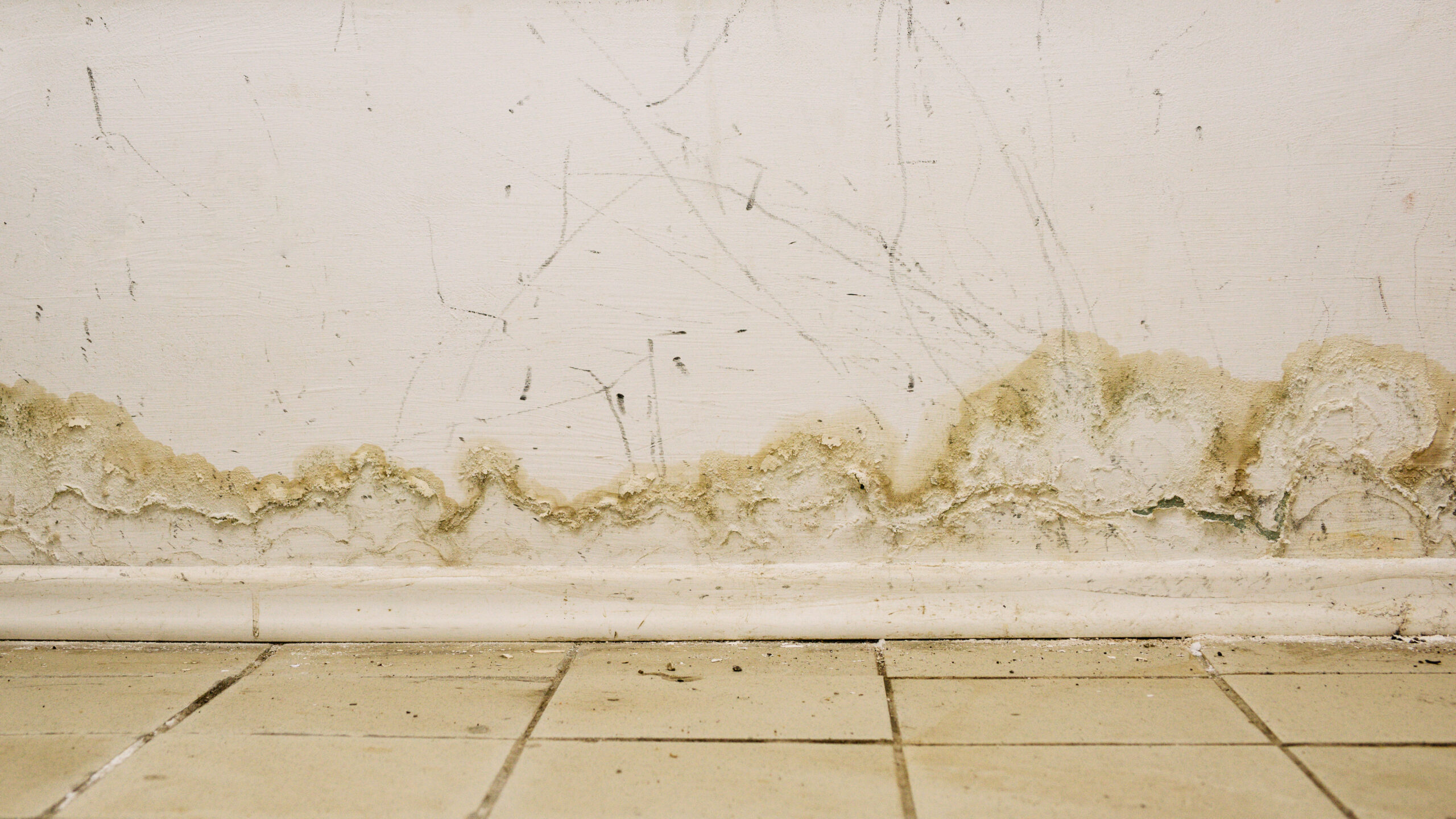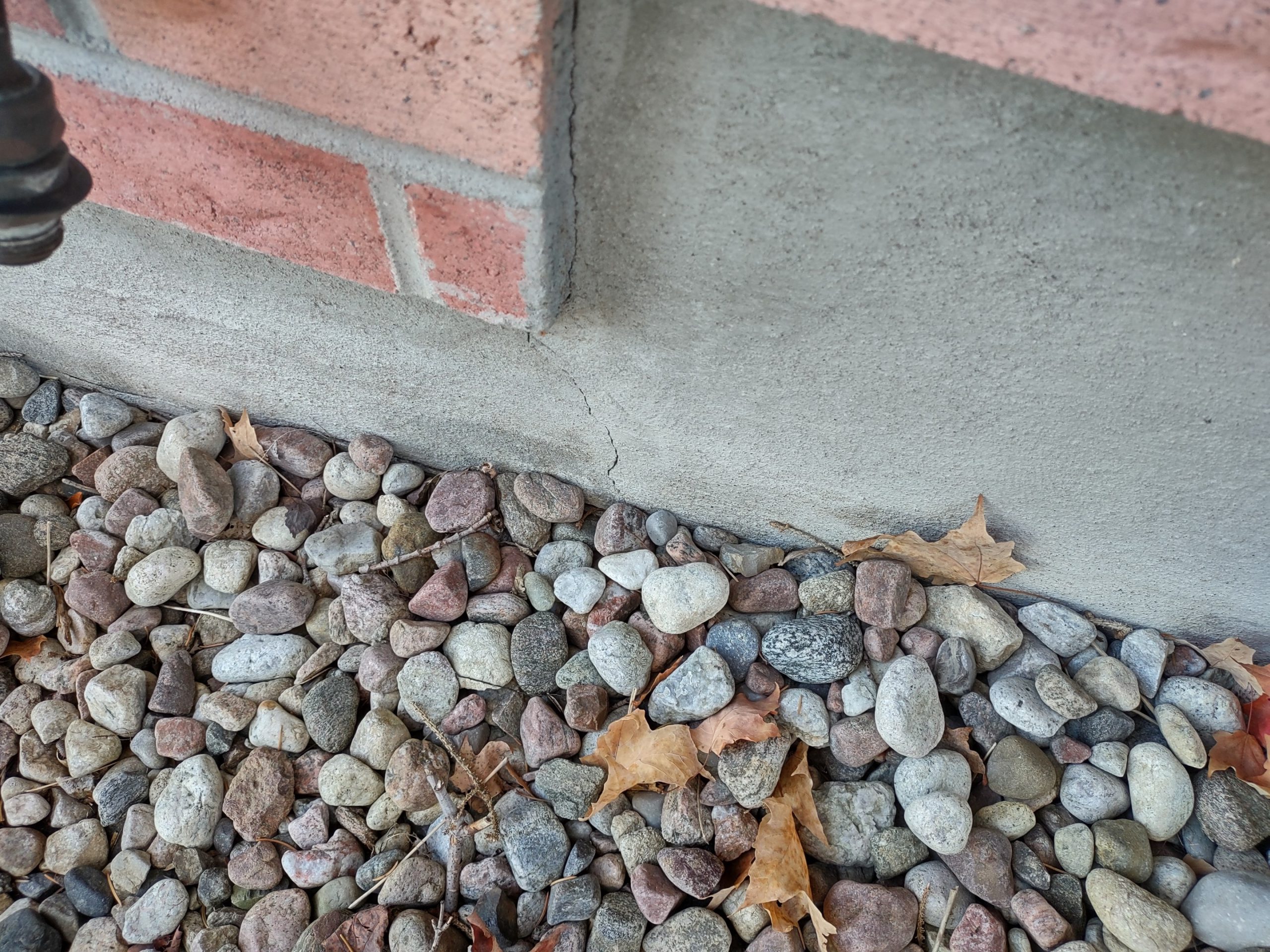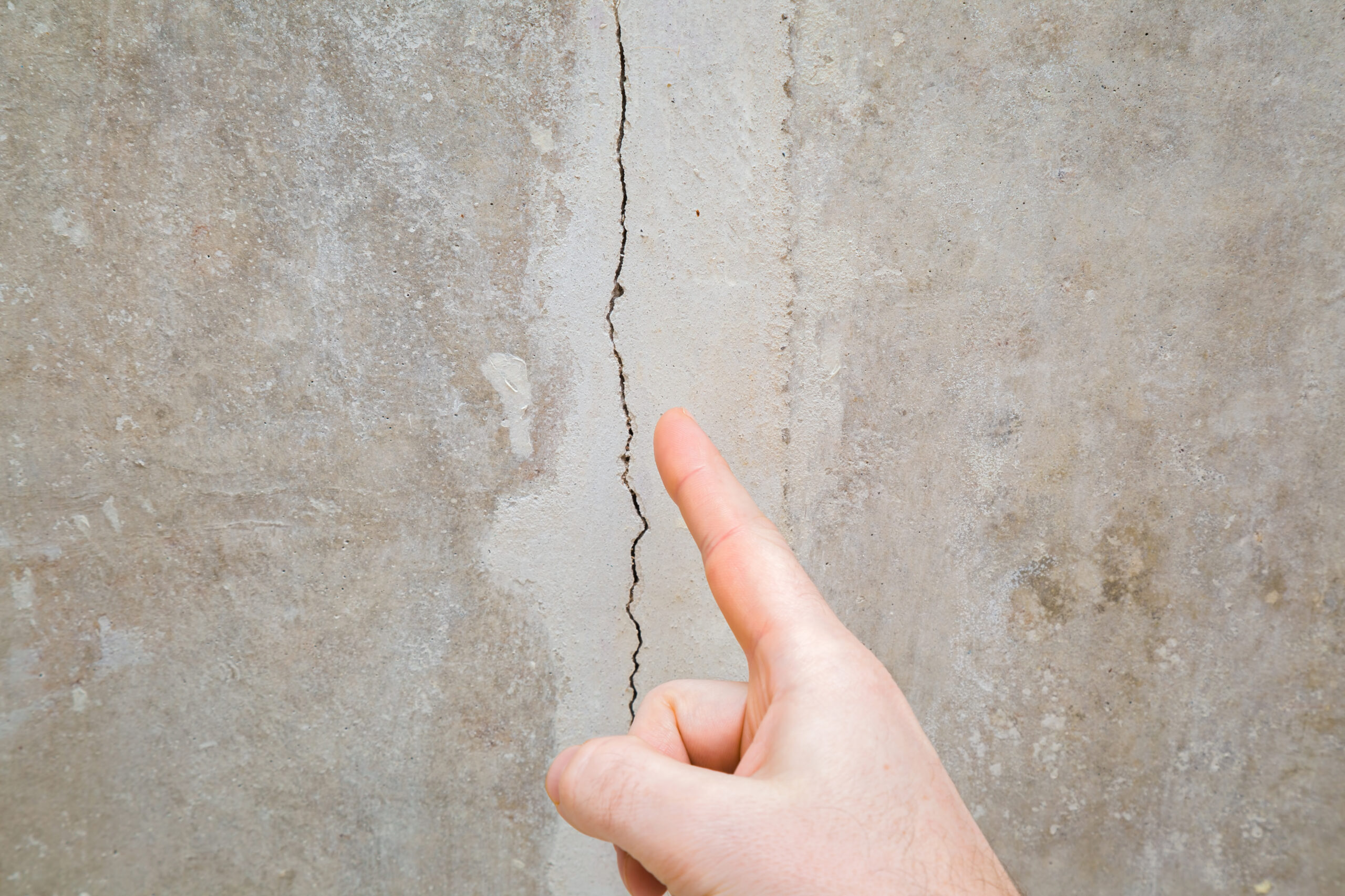Table of Contents
Concrete foundation cracks are commonly found during home inspections!
As the snow is now beginning to fall, and will soon collect on our lots, I chose to make my next series of articles about one of the most dreaded events for a homeowner, which is basement flooding. In over 25 years of home inspections in the Ottawa and Gatineau areas, I’ve probably seen every type of moisture infiltration problem, and every result. So let’s dig in to this problem over the next course of home inspection articles. As you will soon learn, it is most often caused by a surprisingly simple and easily correctable problem.
I’ve probably seen every type of moisture infiltration problem!
There are many types and causes of basement moisture infiltration
Water can infiltrate your basement through many different methods. Your basement, after all, is underground. In this home inspection article I will discuss water infiltration through the foundation. In future articles, I will discuss other types and causes of basement flooding problems, including sewer backups, overflowing sumps due to failed sump pumps, and so forth.
For modern homes in the Ottawa and Gatineau regions, there are two main types of foundations. Poured concrete is by far the most common, and there’s also concrete block, which is less common. Older homes, such as what I refer in my home inspections as “pre-war” homes (ie: built before 1950), you can come into older types of building foundations, such as stone and mortar, site-mixed (“rubble mix”) concrete. There are also rarer foundations that we don’t often come across in home inspections, such as loose rubble foundations and preserved wood foundations, but those are relatively rare and beyond the scope of this article.
Basement flooding is most homeowners’ worst nightmares!

Basement flooding damage
Basement flooding damage is occasionally noted during home inspections
Poured concrete foundations are the most common types in the Ottawa and Gatineau regions
Since poured concrete is the most common type of foundation, let’s focus on this type of foundation system for this article. One of the beauties of a poured concrete wall, is it is poured into one solid wall, and therefore there are no highly porous mortar joints to worry about (unlike concrete block foundations). However, cracks can develop in poured concrete foundation walls during the curing process. These are actually very common, much more common than most would think. I would say that at least 25% of home inspections I perform have at least one crack in the foundation wall. In a nutshell, as the concrete cures it dries and shrinks as it loses moisture. When the length of the wall is particularly long, the tension forces within the concrete accumulate, resulting in the formation of a crack. We generally call these “shrinkage cracks”, “snap cracks”, or “through and through” cracks. These cracks are easy to identify as they are generally straight and vertical. They can cause leakage as they extend through the wall, from the footing to the sill plate (from the bottom to the top of the foundation wall). Hence the term “through and through”. If the crack is large enough, and enough hydrostatic pressure is present in the soil along the face of the foundation wall, moisture will tend to penetrate through the crack and leak into the basement.

Foundation wall cracks
Foundation cracks can cause leakage
Although shrinkage cracks are most often thin or “hairline” cracks, even thin cracks can cause leakage if enough hydrostatic pressure is in the soil along the foundation wall.
Cracks are often noted in concrete foundations during home inspections
Shrinkage cracks are very common and are not indicative of a structural or geotechnical issue. However, they can be prone to leakage particularly if the crack is wide enough. The rule of thumb that us home inspectors use is the “three mm” rule or “toonie rule”. Basically, if the crack is wider than two to three millimetres, or if you can fit a toonie in the crack, it should be repaired as leakage may be a problem. These cracks are generally repaired via pressure injection of polyurethane foam. In some cases, they will pressure inject epoxy resin instead, but polyurethane foam tends to be preferred when the crack is not a structural issue and the goal of sealing the crack is simply for waterproofing purposes. On the other hand, if the crack is caused by a geotechnical issue and thus indicative of a structural problem, the crack will tend to be repaired via pressure injection of epoxy resin since the epoxy also helps to structurally reinforce the wall where weakened by the crack.
These cracks are generally repaired via pressure injection of polyurethane foam.
Foundation cracks are common but should be sealed to prevent leakage
To wrap up, the majority of foundation cracks are not an indication of a serious structural or geotechnical problem, so don’t panic if your home has a crack. It is much more common than you would think. However, they can leak and should be sealed by a professional foundation repair contractor as a preventative measure to prevent future leakage, or as a corrective measure if already leaking. However, what will surprise you is that, the majority of basement moisture issues are not caused by cracks in holes in foundation walls, and are caused by the most common deficiency we come across during home inspections, and one of the simplest problems to avoid! Stay tuned for my next article for more.






